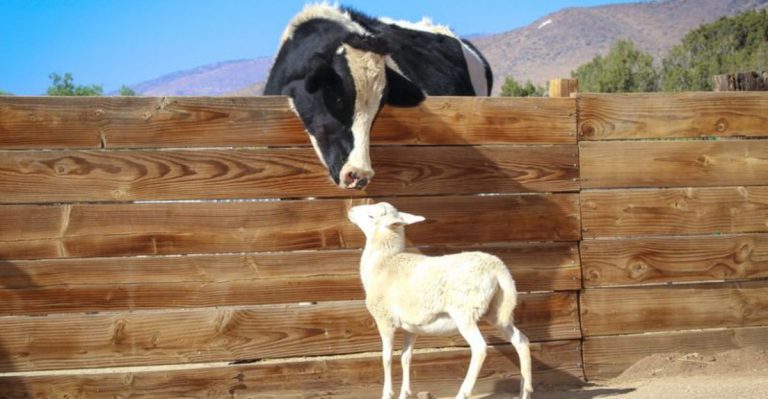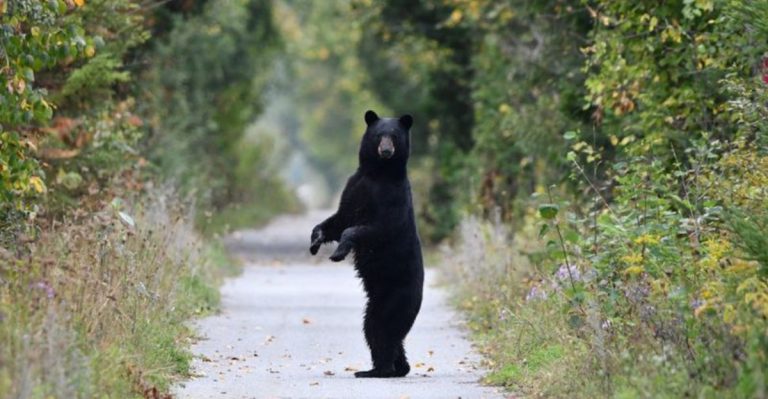13 States Where Elk Herds Are Making An Incredible Comeback
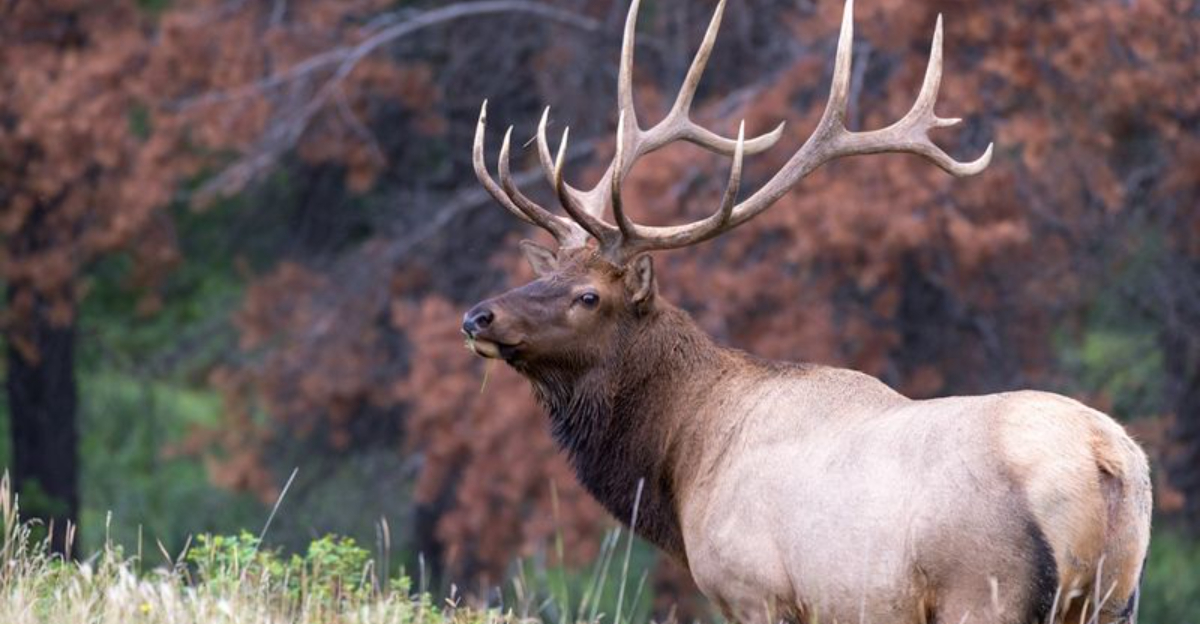
Elk once roamed freely across North America but nearly vanished due to overhunting and habitat loss. Today, these majestic creatures are making a remarkable comeback in states where they had disappeared for generations.
Conservation efforts, reintroduction programs, and habitat protection have helped elk populations rebound dramatically across the country.
1. Colorado
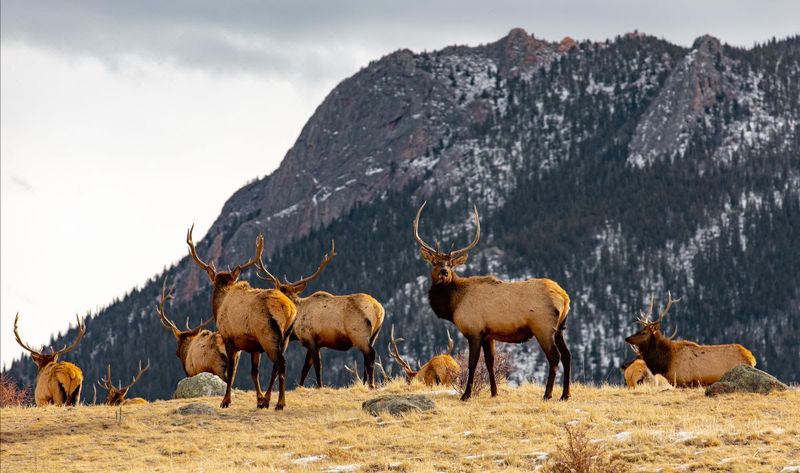
Rocky Mountain valleys echo with bugling calls each autumn as Colorado’s elk population thrives. With over 280,000 elk, the state hosts North America’s largest population.
Conservation efforts and diverse habitats ranging from alpine meadows to lower sagebrush plains provide ideal conditions for these magnificent animals. Regulated hunting helps maintain healthy herd numbers.
2. Montana
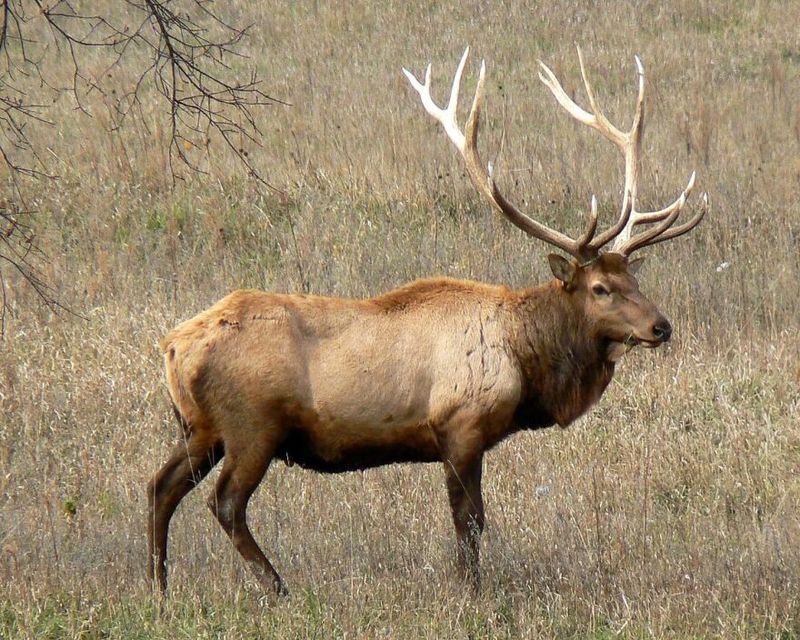
Beneath Montana’s endless sky, approximately 150,000 elk roam freely across vast wilderness areas. The Greater Yellowstone Ecosystem serves as a sanctuary for thousands of these magnificent creatures.
Missouri River Breaks provide another crucial habitat where elk thrive among rugged badlands. Montana’s successful conservation story continues to unfold as herds expand their range year after year.
3. Wyoming
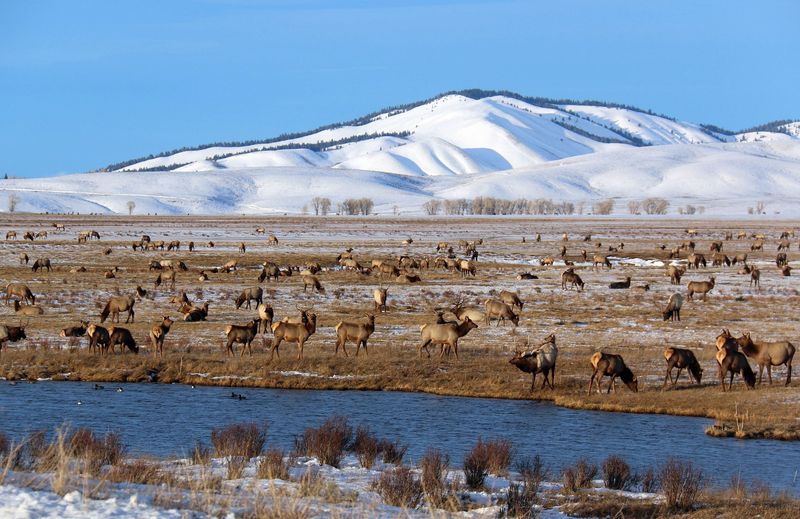
Winter transforms Jackson Hole into a wildlife spectacle as over 7,000 elk gather at the National Elk Refuge. Horse-drawn sleighs offer visitors close encounters with these magnificent animals against breathtaking Teton backdrops.
Wyoming’s overall population of 110,000 elk represents a conservation triumph. Strategic habitat management and migration corridor protection help sustain these thriving herds.
4. Utah
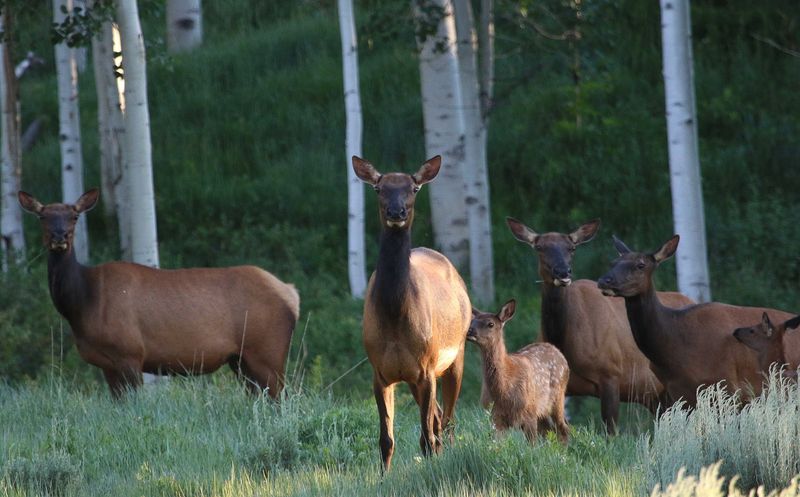
Utah’s elk recovery stands as one of wildlife conservation’s greatest success stories. From a mere 40 animals in 1912, populations have exploded to over 80,000 today.
The Wasatch Mountains have become an elk stronghold, with herds visible across alpine meadows and aspen groves. Careful management has balanced growing populations with available habitat, creating sustainable herds.
5. Kentucky
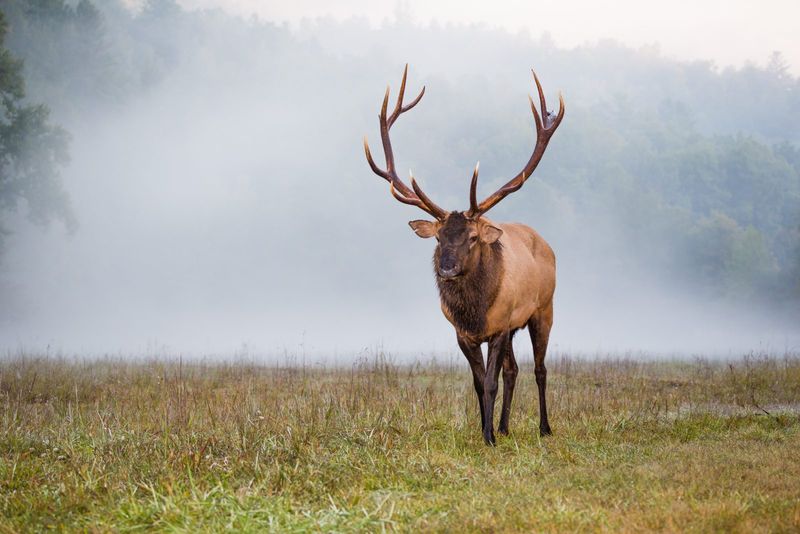
Coal country has transformed into elk country in southeastern Kentucky. After being extinct in the region for 150 years, elk now number over 15,000 in the state’s rugged eastern mountains.
Reclaimed mine lands provide perfect habitat with open grasslands and forest edges. Kentucky now boasts the largest elk population east of the Mississippi, attracting wildlife enthusiasts from across the country.
6. North Carolina
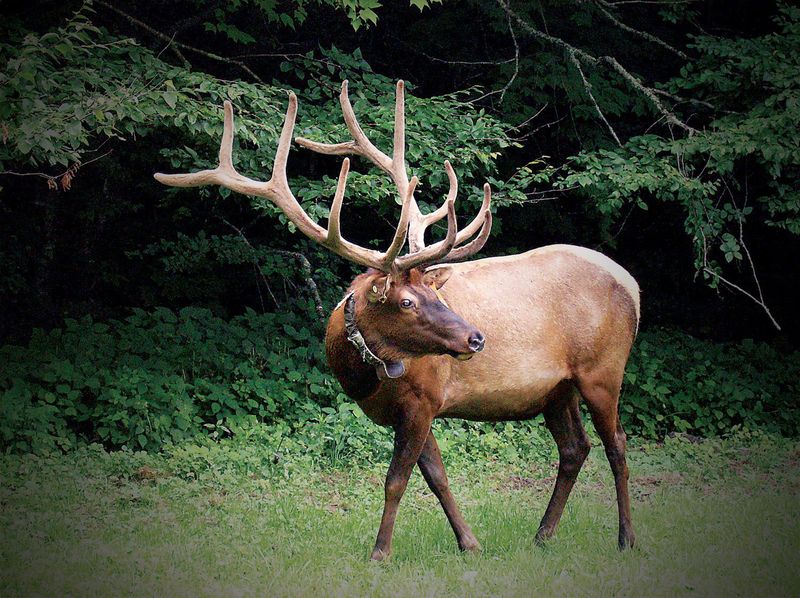
Tourists now share Great Smoky Mountains National Park with a sight unseen for generations: wild elk. Reintroduced in 2002 with just 25 animals, these herds have steadily expanded their range.
Cataloochee Valley offers the best viewing opportunities, especially at dawn and dusk. The population’s growth has been so successful that elk sightings now occasionally extend across the border into South Carolina.
7. Tennessee
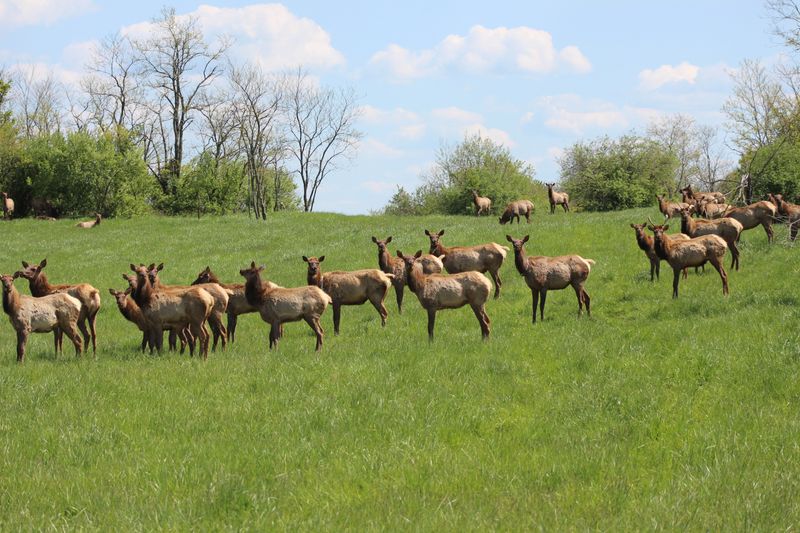
Morning fog lifts to reveal elk grazing across Tennessee’s northern Cumberland plateau. Once extinct in the state, these animals now thrive in managed wildlife areas where coal was once king.
Local communities have embraced their return, creating viewing areas and elk-focused tourism opportunities. Fall brings the spectacular rutting season when bulls bugle across mountain valleys, attracting visitors to witness this natural spectacle.
8. Virginia
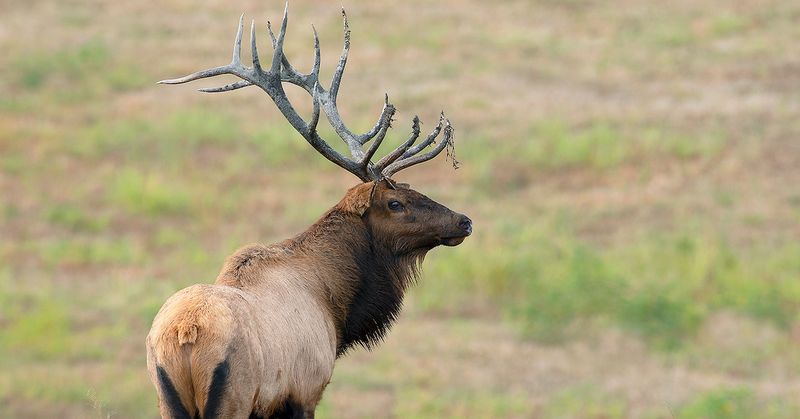
After vanishing from Virginia’s landscape a century ago, elk once again roam the southwestern corner of the Old Dominion. The 2012 reintroduction has flourished, with herds growing to over 250 animals.
Buchanan County’s restored mine lands provide perfect habitat. Local communities have developed elk viewing tours that boost rural tourism while showcasing these magnificent animals against the backdrop of ancient Appalachian ridges.
9. West Virginia
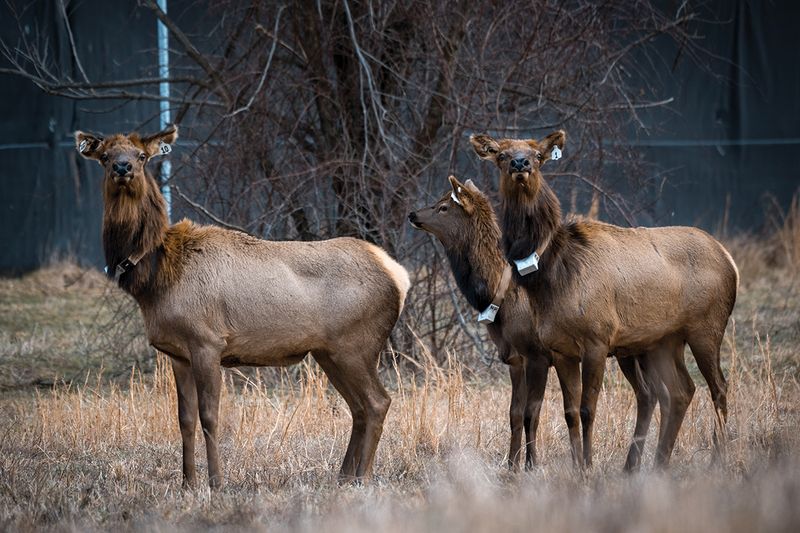
West Virginia’s wild landscapes welcomed elk back in 2016 after more than a century of absence. The initial release of 24 animals has grown to approximately 150 elk roaming the southern coalfields region.
The Tomblin Wildlife Management Area serves as the epicenter of this restoration effort. Carefully selected for its mix of open grasslands and forest cover, this former mining area now supports a growing, healthy elk population.
10. Michigan
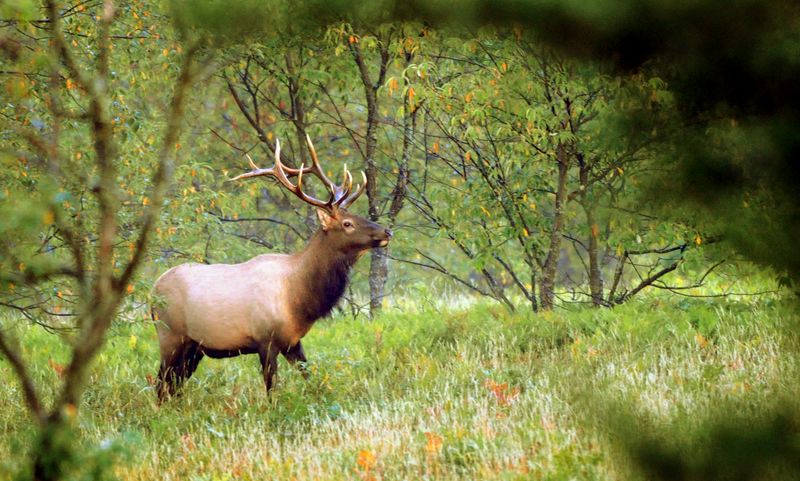
Michigan’s northern wilderness once again echoes with elk bugling during autumn rut. The state’s careful management has created a sustainable population that supports limited hunting while maintaining healthy growth.
Over 180 elk harvested during the 2024 season demonstrates the population’s resilience. Pigeon River Country State Forest offers the best viewing opportunities, where lucky visitors might spot magnificent bulls with impressive antlers.
11. Wisconsin
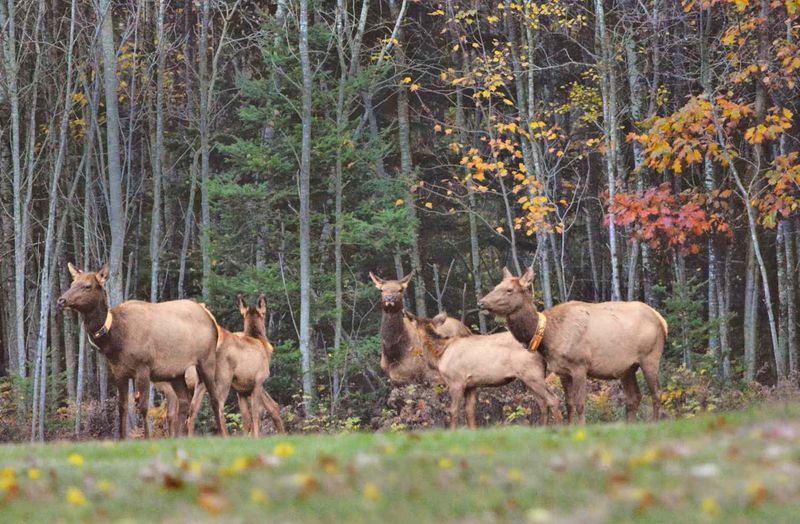
Wisconsin’s northwoods once again harbor herds of wild elk. Reintroduction efforts have established a population exceeding 400 animals, primarily in the central and northern forest regions.
The Clam Lake area hosts the state’s original reintroduced herd, while a newer population thrives in Black River State Forest. Careful genetic management ensures these isolated populations maintain diversity as they continue to expand their range.
12. Minnesota
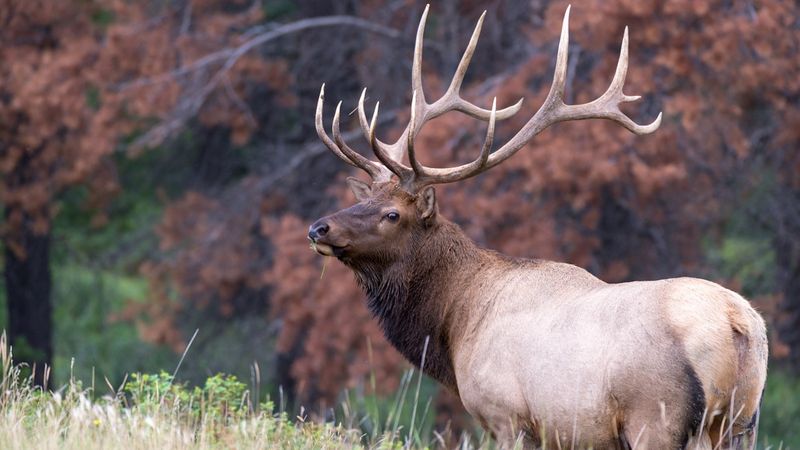
Minnesota’s northwestern corner now hosts growing elk herds that roam across a landscape of prairies, farmlands and aspen parklands. These animals represent living heritage, having survived when most others were eliminated.
Conservation plans aim to expand populations in the northeast, creating new herds in suitable habitat. Careful management balances elk needs with agricultural concerns, allowing these magnificent animals to reclaim their historic range.
13. Kansas
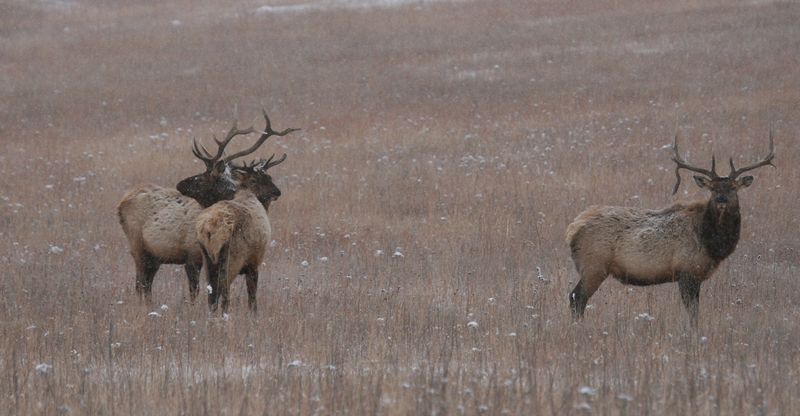
Kansas prairies once again support elk herds after decades of absence. Western regions of the state have become havens for these adaptable animals as suitable habitats are restored and protected.
Fort Riley Military Reservation hosts a particularly successful population. The mix of open grasslands, scattered woodlands, and limited human access creates ideal conditions for these magnificent creatures to thrive in the heartland.

